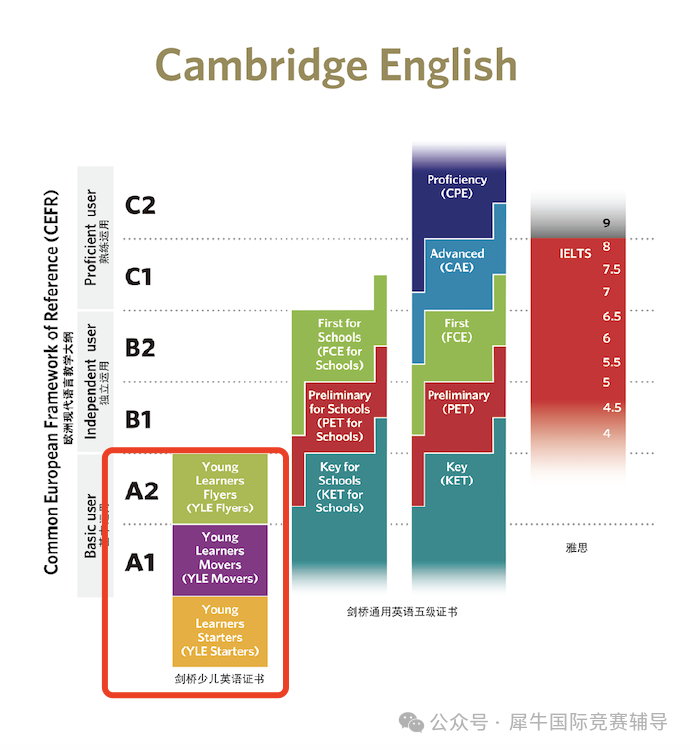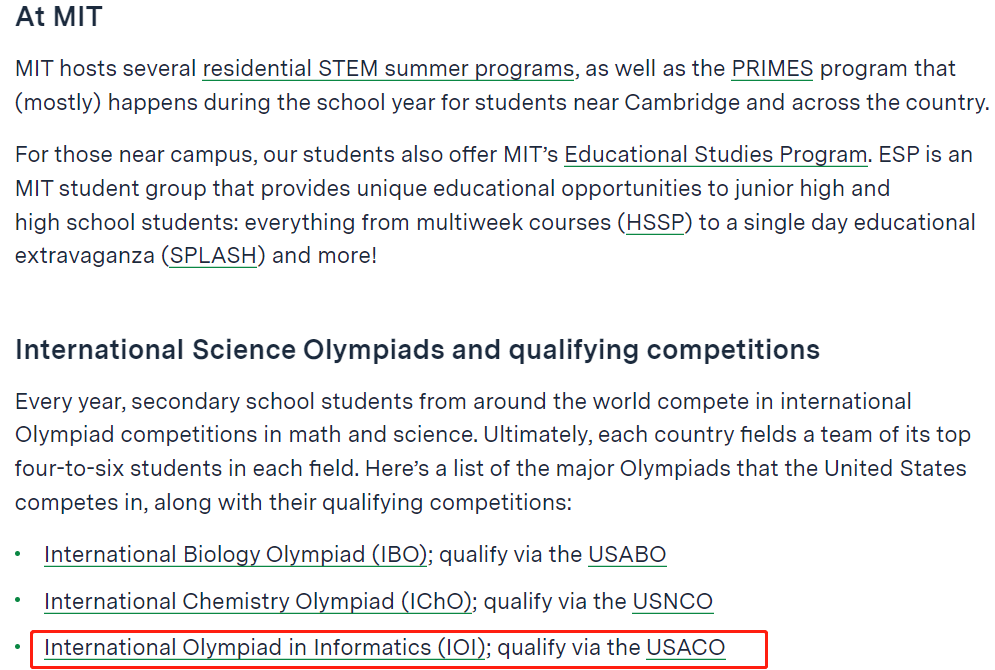今天要跟大家分享的是IGCSE经济perfect competition and monopoly部分的详细笔记。
Perfect competition
In a perfectly competitive market, there will bemany sellers and many buyers– a lot of different firms compete to supply an identical product.As there is fierce competition,neither producers nor consumers can influence market price– they are all price takers.
If any firm did try to sell at a high price, it would lose customers to competitors. If the price is too low, they may incur a loss. There will also be a huge amount of output in the market.
Advantages:
·High consumer sovereignty: consumers will have a wide variety of goods and services to choose from, as many producers sell similar products. Products are also likely to be of high quality, in order to attract consumers.
·Low prices: as competition is fierce, producers will try and keep prices low to attract customers and increase sales.
·Efficiency: to keep profits high and lower costs, firms will be very efficient. If they aren’t efficient, they would become less profitable. This will cause them to raise prices which would discourage consumers from buying their product. Inefficiency could also lead to poor quality products.
Disadvantages:
·Wasteful competition: in order to keep up with other firms, producers will duplicate items; this is considered a waste of resources.
·Mislead customers: to gain more customers and sales, firms might give false and exaggerated claims about their product, which would disadvantage both customers and competitors.
Monopoly
Dominant firms who have market power to restrict competition in the market are called monopolies.
In a pure monopoly, there is only asingle sellerwho supplies a good or service.Example: Indian Railways. Since customers have no other firms to buy from, monopolies can raise prices – that is they areable to influence pricesas it will not affect their profitability. These high prices result in monopolies generating excessive or abnormal profits.
Monopolies don’t face competition because the market faces highbarriers to entry– obstacles preventing new firms from entering the market. That is, there might be high start-up costs (sunk costs), expensive paperwork, regulations etc. If the monopoly has a very high brand loyalty or pricing structures that other firm couldn’t possibly compete with, those also act as barriers to entry.
Disadvantages:
·Consumers may lose:as there are no (or very little) other firms selling the product, output is low and thus there is little consumer choice.
·Monopolies maynot respond quickly to customer demands.
·Higher prices.
·Lower quality: as there is little or no competition, monopolies have no incentive to raise quality, as consumers will have to buy from them anyway. (But since they make a lot of profit, they may invest a lot in research and development and increase quality).
·Inefficiency: With high prices, they may create high enough profits that, costs due to inefficiency won’t create a significant problem in their profitability and so they can continue being inefficient.
Why monopolies are not always bad? (Potential benefits)
·As only a single producer exists, it will produce more output than what individual firms in a competition do, and thus benefit from economies of scale.
·They can still face competition from overseas firms.
·Theycould sell products at lower price and high quality if they fear new firms may enter the market in the future.













